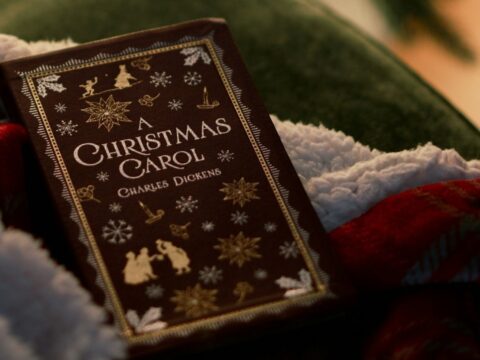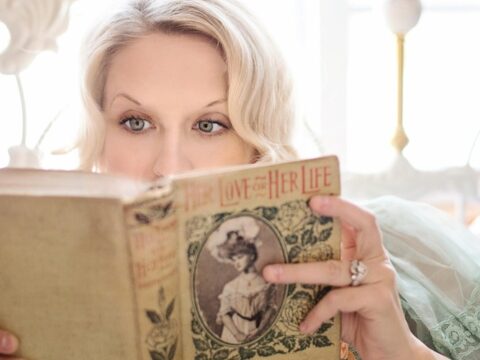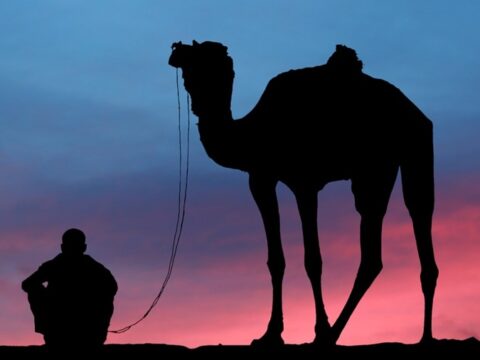So I realized something this week: this is my four-year anniversary of this blog and also my one hundredth article on Snow White Writes. Hard to believe, but true. In honor of this big milestone, I figured it was a good day to write about numbers. Specifically the symbolism of numbers in fairy tales because this topic has always fascinated me.
Even if you’ve read only a handful of fairy tales, we all know how often the number three shows up in classic stories. There are reasons for that. Numbers carry a lot of cultural significance, which is why numbers play a key role in superstitions, religious beliefs, and also storytelling. So of course certain numbers repeat themselves frequently in fairy tales and relay hidden messages to their audience.
Let’s take a tour through the most common numbers you’re likely to see in fairy tales . . .
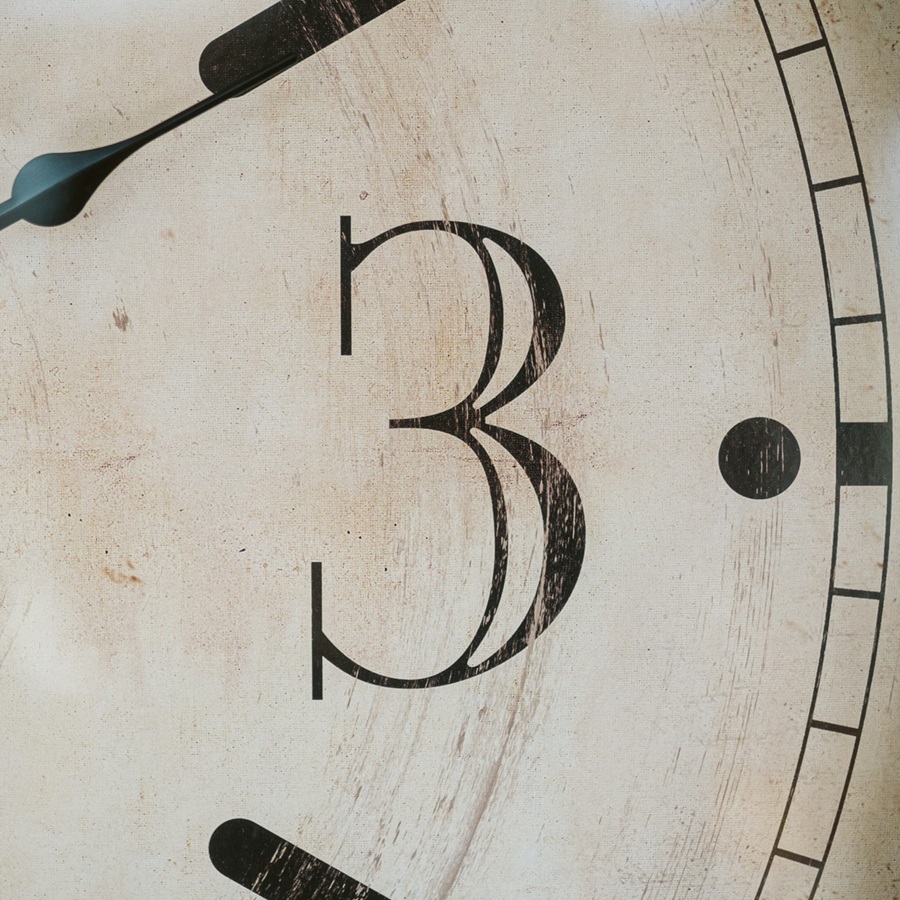
The Number 3
Of all the numbers in fairy tales, three is by far the most common in any part of the world. It’s a prime number that can only be divided by itself, which makes three unbreakable in a sense. And in many ways, three has become the number symbolic of power. In Christianity, three is the number of the Holy Trinity. In storytelling, three symbolizes the perfect narrative structure: a beginning, middle, and end. And if we’re talking about geometry, three sides form a triangle, a simple yet undeniably strong shape. Any type of triad in a story carries this same power.
Three is also the smallest number that indicates a true pattern. Something happening once could just be luck. Twice could be a coincidence. But three times? You have a pattern on your hands. They call it “the rule of three” and “the power of three” for a reason. Because anything in a set of three is sure to be remembered.

Examples of the Number 3 in Fairy Tales
I can’t even begin to cover all the triplicates in classic fairy tales, but let’s hit the most famous ones. How about Goldilocks and her three bears, the three little pigs, and the three Billy Goats Gruff? Fairy tale wishes often come in threes. Cinderella stories all over the world often feature three balls for the heroine to attend in three gorgeous dresses. Hans Christian Andersen’s little mermaid had three days to woo her prince to fall in love with her. And just how many fairy tale royals have three children? Cinderella makes a triad with her two stepsisters, and Rumpelstiltskin spins straw into gold three times and gives the miller’s daughter three tries to guess his name. Even lesser-known fairy tales like Maid Maleen and East of the Sun, West of the Moon feature triads like three talking magical objects and three love gifts.
But triads are not always fortuitous. Sometimes a hero must complete three deadly tasks to prove his worth. Other times a protagonist must survive three trials or assassination attempts, like the evil queen’s three attempts to kill Little Snow White. A more obscure example is “The Devil and the Three Golden Hairs” in which a king attempts thrice to eliminate the young lad prophesied to marry the king’s daughter. In the final trial, the boy must pluck three hairs from the devil himself. Clearly the number three has a strong association with fortune, but it can also represent death and danger. The three Fates in Greek mythology come to mind, a triple representing past, present, and future.
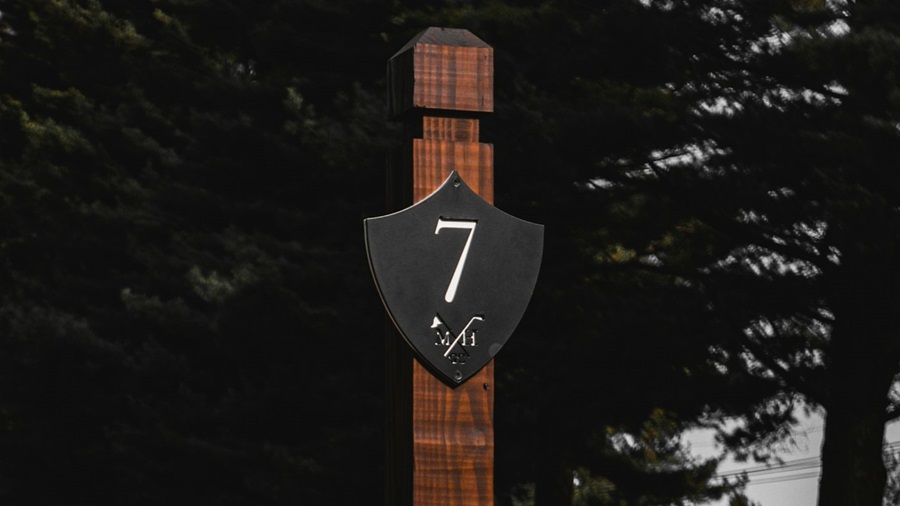
The Number 7
Right up there with the extremely popular number three is the next most popular prime number: seven. Of all the numbers in fairy tales, seven is the number of completeness. This association likely comes from Christianity since the number seven appears in the Bible hundreds of times. Thus seven has become a culturally iconic number around the world. There are the Seven Wonders of the World, seven days of the week, seven colors in the rainbow, and seven chakras in the human body. Not to mention the seven Christian virtues, seven deadly sins, seven Sacraments of Catholicism, and seven pillars of Islam. The Bible says that God created the world in six days and rested on the seventh. It’s no wonder that seven has taken on a sacred significance in the human imagination.
But that’s not all. Research has found that the human brain can recognize up to seven objects at first sight without counting them. So it seems that our attraction to the number seven has a biological component. There’s a reason that seven just feels right.
Examples of the Number 7 in Fairy Tales
The most famous example is Snow White’s seven dwarfs, who embody the symbolism of number seven perfectly. Seven is a lucky number, and just how lucky was Snow White to escape the queen’s wrath and stumble upon a nice place to stay? Even with seven miner roommates.
There are many, many examples of families with seven children in the fairy tale genre. Apparently seven is the perfect number of kids as we see in tales like “The Seven Young Kids” (that’s goats, not children by the way) and “The Six Swans,” where a sister saves her six cursed brothers. There are many Native American tales about seven siblings, most of them associated with the Pleiades star cluster (a.k.a. The Seven Sisters) in the constellation Taurus. Culture after culture views seven as a number of luck, goodness, and completeness.
But what about the superstition that a broken mirror causes seven years of bad luck? This belief came from Ancient Rome where they believed that the human soul is renewed every seven years. Hence why lucky number seven can free someone from a curse. But not all cultures believe seven is a good number. Take this Turkish fairy tale featuring a dragon with seven heads, a formidable foe indeed. There are also several countries in Asia, like Vietnam and Thailand, that consider seven an unlucky number since the seventh month of the year is the “ghost month” where spirits from Hell visit the earth. Spooky.
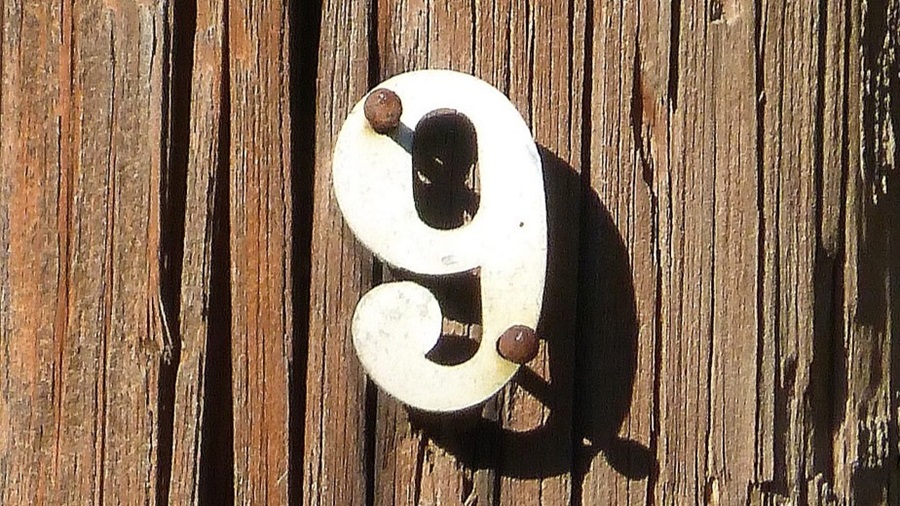
The Number 9
Of all the numbers in fairy tales, this one surprised me the most in my research. Nine is a super random number, just on the cusp of the neat and comforting ten. But nine comes up a lot in folklore and folk sayings. Being on cloud nine is ultimate happiness, and they say that a stitch in time saves nine. If you’re dressing up to the highest standards, they say you’re dressed to the nines. Plus cats, a creature with strong ties to the supernatural, are said to have nine lives. The number nine is three times three, and the only thing better than the number three is a triad of threes, right? As a result, nine has become a better number even than three in many cultural traditions. Nine seems to hit the sweet spot where magic ignites.
Examples of the Number Nine in Fairy Tales
Nine is a particularly popular mythological number. It shows up EVERYWHERE in Norse mythology, where the cosmic tree Yggdrasil connects the nine worlds of Viking lore. Greek mythology features nine muses that inspire their mortal patrons, and the infamous River Styx descending to the Underworld flows around nine twists. Speaking of the Underworld, there are also nine circles of Hell in Dante’s Inferno.
Nine is the most popular number of Celtic legends by far. The nine stones in Ireland is a prehistoric site that has many stories attached to it. It’s believed that nine people are buried beneath the stones, though whether they are modern war rebels, shepherds, or ancient Gael warriors, no one knows. Nine maidens and nine sorceresses are also a common theme in the Arthurian Legends since Avalon is ruled by nine maidens. And in medieval German fairy tales, you can enter the world of Faerie by twirling nine times.
Yet another example of the number nine is the anatomy of magical creatures. One of the Grimm fairy tales features a fox with nine tails. And Japanese folklore features nine-headed dragons that live in rivers and lakes. For the record, nine is a notoriously unlucky number in Japan because the Japanese word for “nine” sounds eerily similar to their word for “torture.” Yikes. But no matter where you go, nine seems to be the number of the supernatural.
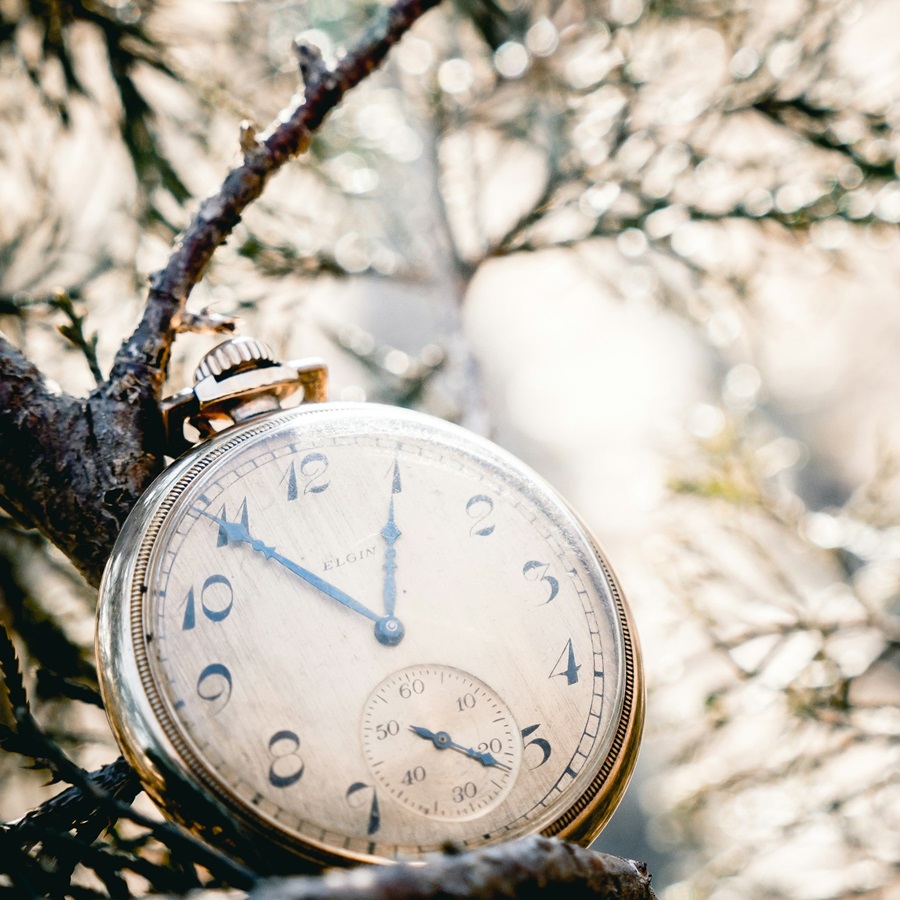
The Number 12
Another number often considered perfect is the number twelve. We measure things in a neat dozen all the time to this day, and the prevalence of the number twelve has a lot to do with nature. The Ancient Romans invented our twelve-month calendar based on the twelve cycles of the moon. Clocks also measure twelve hours, a convention that started way back in Mesopotamia and Ancient Egypt since the concept of twelve as a natural measurement has been around for a long time. There are twelve signs in the Chinese zodiac, the Bible references Jesus’s twelve apostles and the twelve tribes of Israel, and Buddhism has twelve links in its chain of dependent origination. Over and over again twelve is the number of harmony.
Examples of the Number 12 in Fairy Tales
Obviously the famous Twelve Dancing Princesses are the most well-known example of twelve fairy tale siblings, but they aren’t alone. The lesser-known Grimm fairy tale “The Twelve Brothers” features a set of twelve princes whose survival is the chief concern of their story. Another beautifully atmospheric story is the Slavic fairy tale The Twelve Months about a poor orphan sent into the woods by her evil stepmother. In the forest, the girl meets the twelve months of the year in human form. Of course we can’t forget the ever-famous Cinderella who must return home by the stroke of twelve when her magic spell breaks. In each case, the number twelve is a stalwart number of order, structure, and dependence. When that order is disrupted . . . you get the next number.
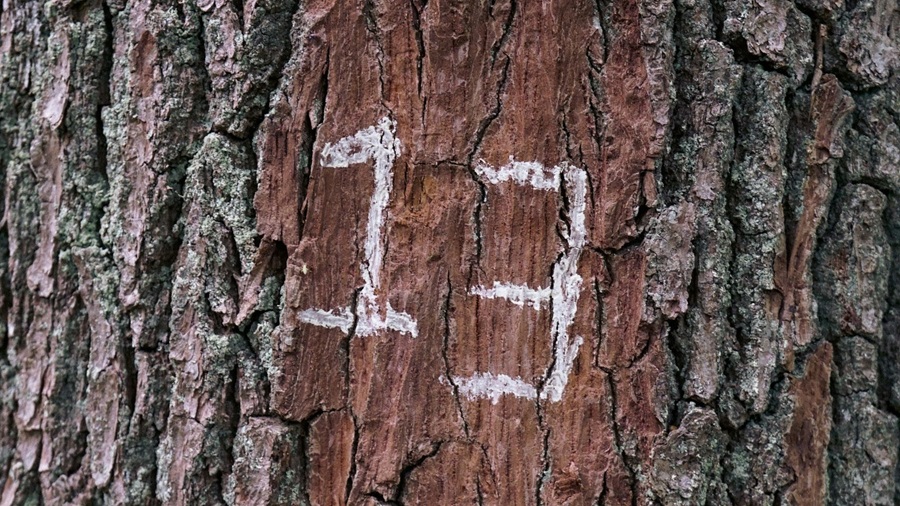
The Number 13
There are several theories on why thirteen is such an ill-regarded number. One is that Judas Iscariot the betrayer was the thirteenth apostle to arrive at the Last Supper. In Norse mythology, the morally ambiguous Loki also arrived late to a banquet in Valhalla, making him the thirteenth god in attendance. This disruption of cosmic balance introduced turmoil to the world.
Friday the thirteenth established its notoriety in the year 1307 when King Philip IV of France arrested 600 of the Knights Templar in one night. The unfortunate prisoners were brutally tortured and burned at the stake. But thirteen isn’t a dreaded number in all cultures. In Ancient Egypt at least, the number thirteen was considered lucky, but that seems to be an exception to the general rule.
Examples of the Number 13 in Fairy Tales
A great example of the dreaded number thirteen is once again found in “The Twelve Brothers” story. In this fairy tale, their thirteenth sibling—and their first sister—spells out doom and death for her twelve brothers. In the Grimms’ original Sleeping Beauty, it is the uninvited thirteenth fairy who curses Little Brier-Rose to prick her finger on a spinning wheel and die. In both of these stories, thirteen brings misfortune because it disrupts the perfection of number twelve, giving thirteen a feeling of excess and wrongness that must be reconciled.
But I also stumbled across a particularly delightful Italian fairy tale called “Thirteenth.” In it the youngest son of thirteen brothers—named Thirteenth, go figure—is the quickest and bravest of the bunch. Thirteenth is the hero of his story, performing deeds of valor, slaying monsters, and earning great riches. This story has similarities to both Jack and the Beanstalk and Hansel and Gretel, and little Thirteenth brings luck to his kingdom rather than misfortune. Unsurprisingly, the number thirteen is considered lucky in Italy and associated with fertility and prosperity. The Italian phrase “fare tredici” (to do thirteen) is the Italian equivalent of hitting the jackpot. Not every culture dreads Friday the thirteenth. ❧


